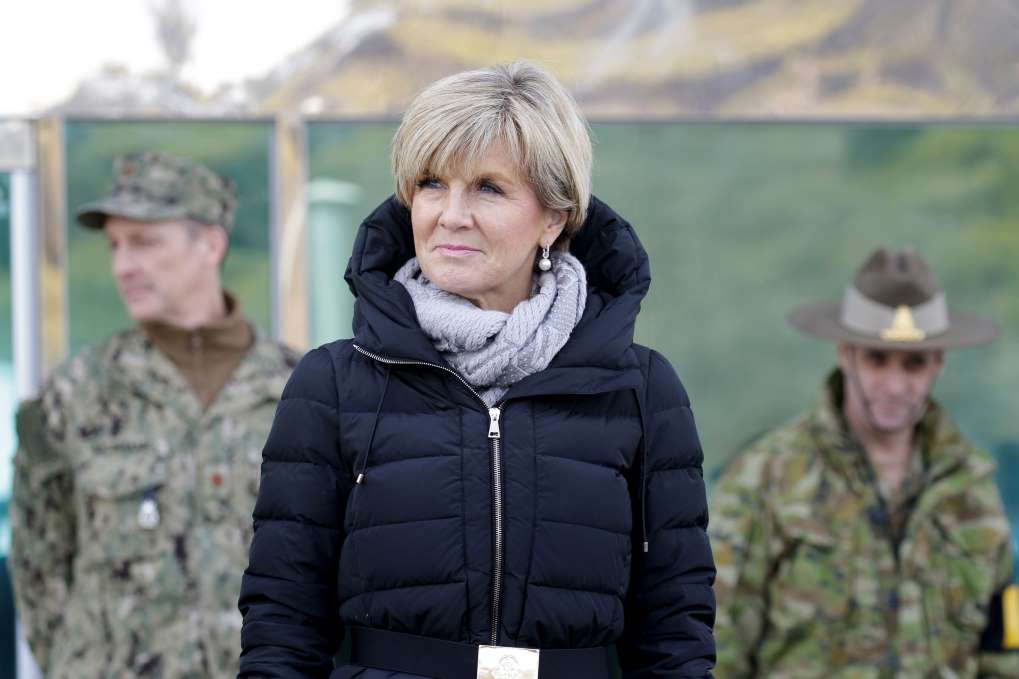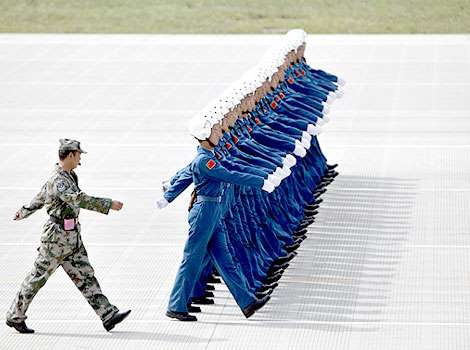June 11, 2017
“Attention, attention…We have not struck any compromise with the government,” read a WhatsApp message circulating among Madhya Pradesh’s farmers in the first week of June. “There is nothing to compromise on…our demands are clear.”

June 11, 2017
“Attention, attention…We have not struck any compromise with the government,” read a WhatsApp message circulating among Madhya Pradesh’s farmers in the first week of June. “There is nothing to compromise on…our demands are clear.”

Days later, on June 6, western MP exploded. Five farmers were killed in Mandsaur district in police firing while one of the injured died on Friday. Violent protests have erupted in other districts of the state.
The ruling Bharatiya Janta Party and chief minister Shivraj Singh Chouhan have accused the opposition of orchestrating the violence. But the unrest roiling the region is the work of young, tech-savvy farmers coordinating their actions over WhatsApp groups.
“We have no leaders. Leaders can be intimidated or compromised,” said a farmer who participated in the unrest. “No one tells us, ‘do this’. Our friends only say ‘We are doing this’, and we decide if we want to participate.”
The implications of this were evident in MP where farmers separated by thousands of kms received messages announcing a protest from June 1.
Several unions joined once the agitation began, but when the Rashtriya Swayamsevak Sangh’s Bharat Kisan Sangh, and a smaller group called the Kisan Sena, struck a compromise deal with the government, the movement gathered steam.
“Who is the Kisan Sena to strike a compromise on behalf of MP’s farmers?” asked another WhatsApp message. “On June 10, leave your villages and crowd the cities…Bring food and a big stick.”
The protestors continued to coordinate their actions even after the agitation turned violent.
“They would message each other whenever someone was arrested,” said a senior police officer. “Then a big crowd would show up at the thana (police station) and pressurise the police to release them.”
The administration switched off the internet in west MP on June 6.
National connection
Meenakshi Natrajan, a former Congress MP from Mandsaur, said the movement began a year ago in Kuntamba village in Ahmednagar, Maharashtra when farmers demanded the implementation of the Swaminathan report, which proposes a minimum support price that ensures a 50 percent return on farm inputs.
“Message of this resolution spread, mainly through social media, and travelled to Madhya Pradesh and Rajasthan,” Natarajan said.
This message also moved along traditional farmer networks.
In May 2016, for example, Vijay Jhanvandiya and Vivekanand Mathne, activists in Maharasthra’s cotton-growing Vidarbha region organised an all-India meeting of farmer associations in Wardha, near Nagpur, where they listed the implementation of the Swaminathan report as a key farmer issue.
The meeting was just one of hundreds of similar meetings organised across India.
“Many small farmers associations attended the meeting and made connections with each other, in person and on social media,” said Kedar Sirohi, who runs the Aam Kisan Union out of Indore. “Each group by itself is small, but together we can now command upwards of 25,000 members.”
For the young farmers of Suwasra village, which witnessed some of the worst clashes between police and protesters, membership means inclusion in a particular WhatsApp group.
“We are members of the Bharat Kisan Union WhatsApp group,” said Gauri Shankar Patidar, referring to a union having a long and storied history in Haryana and western Uttar Pradesh, but has no presence in MP.
It isn’t even clear if the BKU on Patidar’s WhatsApp group is the same group popularized in the 1980s by UP farm leader Mahendra Singh Tikait. The leaders of the WhatsApp faction represent a curious caste mix — Yadavs, Vermas, Rajputs and Patidars, completely at odds with the way electoral politics in India is traditionally understood.
MP’s politicians and policemen are yet to understand that the Indian farmer has changed.
“The protesters were not farmers, they were wearing jeans and t-shirts,” said a senior policemen. “This is not how farmers dress. They may be the sons of farmers, but they aren’t farmers.”
In Suwasra village, farmers laughed at this suggestion.
“For the government, the farmer must always wear a muddy, tattered kurta,” said Harsh Patidar, a 25-year old farmer. “Why can’t we live like everyone else?”
Courtesy: HT
















































































































